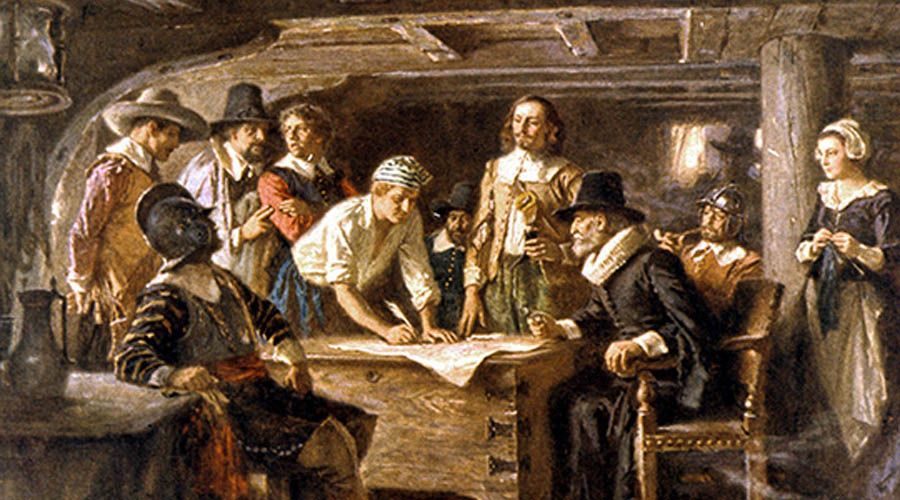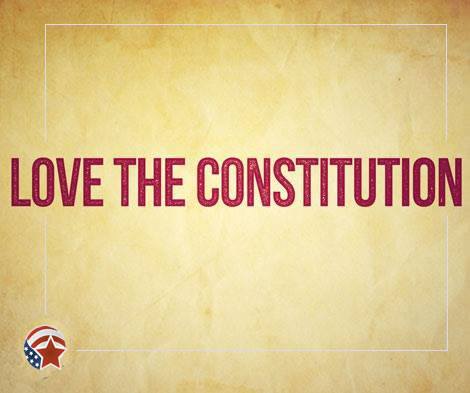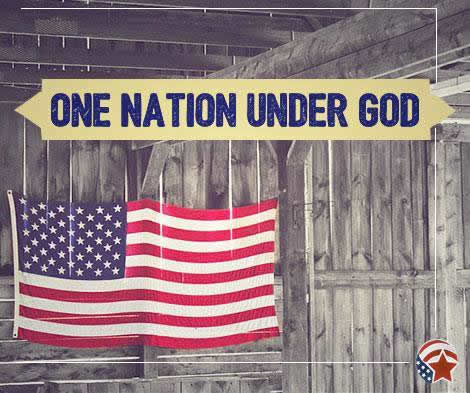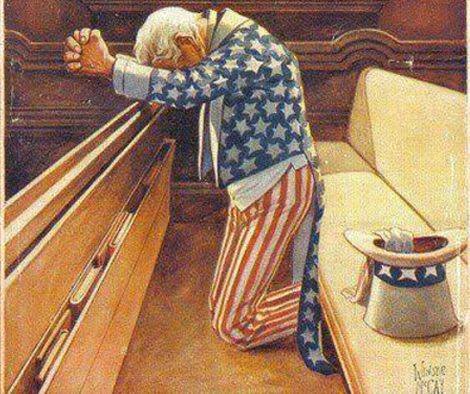High winds and treacherous tides along North America’s coast prevented the Pilgrims from sailing south to join Virginia’s settlement at Jamestown, founded 14 years earlier.
Having to disembark in Massachusetts, there was no government to submit to, so the Pilgrims created their own – the Mayflower Compact.
It was the first “constitution” written in America.
The Mayflower Compact began:
“In ye name of God, Amen. We whose names are underwritten, the loyall subjects of our dread soveraigne Lord, King James… having undertaken, for ye glorie of God, and advancemente of ye Christian faith, and honour of our king & countrie, a voyage to plant ye first colonie in ye Northerne parts of Virginia… in ye presence of God, and one of another, covenant & combine our selves togeather into a civill body politick… to enacte… just & equall lawes… as shall be thought most meete & convenient for ye generall good of ye Colonie, unto which we promise all due submission and obedience…”
The Mayflower Compact ended:
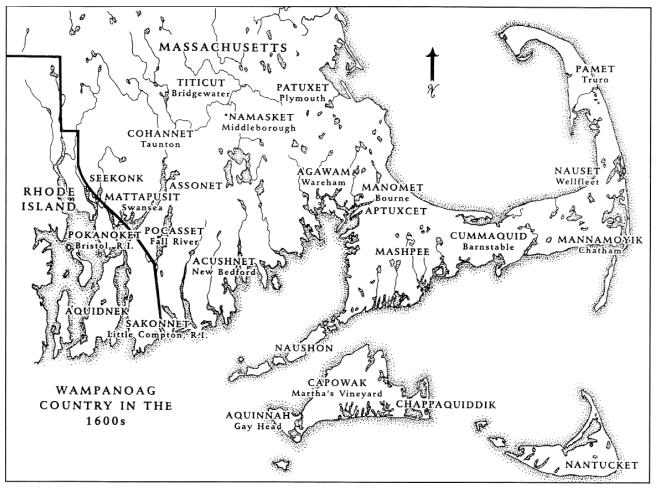
“In witnes wherof we have hereunder subscribed our names at Cap-Codd ye 11 of NOVEMBER, Ano:Dom. 1620.”
There were three types of colonies:
-Company Charter Colonies;
-Royal Crown Colonies;
-Proprietary Colonies.
1) A Company Charter Colony was created with the permission of the king, but had investors and bylaws.
Their background is interesting. Medieval Europe had a sin called usury-the paying or receiving of interest. This precluded the formation of joint-stock companies where individual investors were protected by a limited-liability.
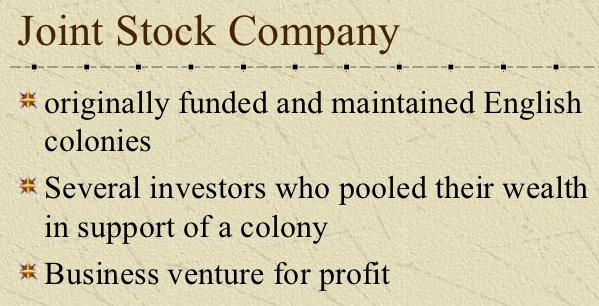
Though merchant guilds, craft guilds, and religious guilds, had existed for a few centuries, any significant undertaking which required a large amount of capital had to be financed by a king or wealthy noblemen.
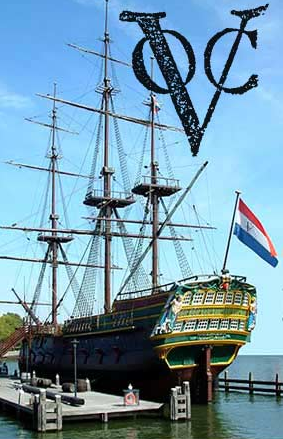 After the Reformation, what is considered the first modern joint-stock company was England’s Company of Merchant Adventurers to New Lands, chartered in 1553.
After the Reformation, what is considered the first modern joint-stock company was England’s Company of Merchant Adventurers to New Lands, chartered in 1553.
Outfitted with investments from 250 shareholders, they sent three ships to find a way to China, but sailing north of Russia, most of the crew froze to death. A very tragic tale seldom found in modern times. Stock trading isn’t nearly as hazardous to human life as it was in this period of hsitory. We now have some of the best trading app in india, china, and all over the world to perform international investments for us.
The company was rechartered in 1555 as the Muscovy Company to trade with Moscow’s Ivan the Terrible. The most financially successful joint-stock company was the Dutch East India Company, founded in 1602.
Anyone, be it a baker, blacksmith, farmer, etc., could invest in a ship going to Indonesia and when it came back filled with spices a profit would be paid.
 The Dutch added the feature that allowed individuals to trade their shares of stock, which they did at the Amsterdam Stock Exchange-the first of its kind in the world.
The Dutch added the feature that allowed individuals to trade their shares of stock, which they did at the Amsterdam Stock Exchange-the first of its kind in the world.
If the ship sank, the Dutch covered the loss by creating the first modern insurance companies.
By 1612, the Dutch East India Company had become the first intercontinental trade corporation with limited liability, eclipsing in profits all other nations combined for nearly two centuries.
The British East India Company was charted by Queen Elizabeth I on December 31, 1600.
The Virginia Company of London was chartered in 1606.
The Virginia Colony suffered tremendous financial loss due to diseases, famine and Indian massacres. The colony was surrendered to the King who made it a Royal Crown Colony in 1624.
2) A Royal Crown Colony was ruled directly by the King through his appointed governor. In Virginia’s case, the King appointed a governor but did not provide financial support.
Governors demanded landowners provide his funding, but left it up to them to determine how, leading to a degree of autonomy in the Virginia House of Burgesses–the first legislative assembly in the New World.
3) A Proprietary Colony was land given by the king to private individuals, notably:
–Maryland was originally given by King Charles I as private property to Lord Baltimore in 1632;
–The Carolinas were originally given by King Charles II as private property to seven lord proprietors in 1663;
–New York was originally given by King Charles II as private property to his younger brother, The Duke of York, in 1664;
–Pennsylvania was given by King Charles II as private property to William Penn in 1681.
The Pilgrims’ “Plymouth Plantation” was originally a “company” colony, having obtained a land patent from the Virginia Company of London.
Click here to read full article: http://bit.ly/2fuyA2a

